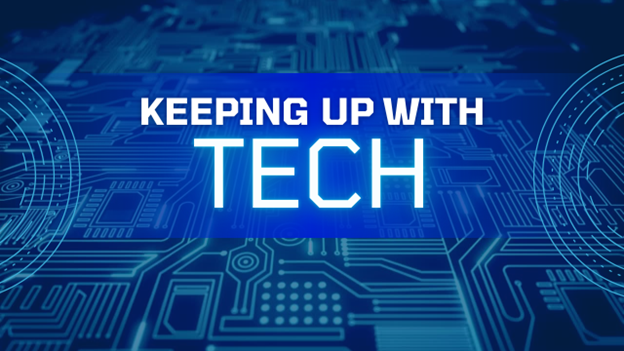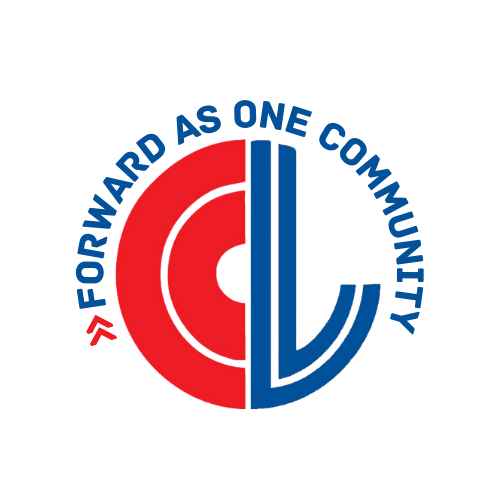Meeting Customer Needs: Inexpensive Sensory-Friendly Ideas for the Holiday Season
The holiday season can be overwhelming with the twinkling lights, music, and crowds under the best of circumstances. For about 16.5% of the US population, overstimulation can be torturous. Over the last decade, sensory-sensitivity condition diagnoses, such as autism, have increased. Inclusion is now a mainstream topic that is generationally important to all. Taking this into consideration when preparing your business for the holiday season can make a huge difference in many lives. National chains are taking note of this need, and it doesn’t require a huge monetary investment to make the shift in your small business either.
Sensory-sensitivity Ideas from Large Business to Emulate
The conventional holiday retail experience teems with fluorescent lights, blaring music, and bustling crowds. This type of environment poses challenges for individuals with sensory sensitivities. Recognizing this barrier, many businesses are innovating by rolling out new sensory-friendly offerings and fostering a more inclusive and welcoming environment for the neuro-diverse. Here are a few big business initiatives that may surprise you as they’re being rolled out by businesses that are traditionally known for a circus-like environment or energy. You could incorporate each of these ideas without incurring a large expense:
Create a Sedate Environment
This first idea requires no additional expenditure from your business to help neurodiverse people feel more at home and enjoy the shopping experience with you. This year, Walmart is reintroducing sensory-friendly shopping hours. From 8:00 AM to 10:00 AM daily, the shopping environment transforms. Within this timeframe, the store switches to static imagery on TV walls (no flickering or frantic displays), silence replaces the usual soundtrack, and the lighting is significantly dimmed. This thoughtful alteration caters to those who may find the standard shopping setting overwhelming, allowing them to engage comfortably with the products and services offered. Additionally, the sedate environment fits nicely with an early morning timeframe (although you could adopt the same idea at any time of day). Shoppers without sensitivity issues are not likely to notice.
Use Lighting in Dark Places
Another example in the realm of sensory inclusivity is AMC Theatres, which at first glance may seem hard to do after all movie theaters are loud and crowded. But AMC's sensory-friendly movie showings accommodate diverse sensory needs. During these specially designated screenings, lights are turned up to ensure visibility without discomfort, while the sound is moderated to a level that is pleasant but not overwhelming. Such initiatives not only cater to individuals with sensory challenges but also resonate with families and friends who seek a more relaxed, less intense, cinematic experience.
Encourage a Less Frenetic Atmosphere
Chuck E. Cheese, synonymous with joyous celebrations for children, has embraced inclusivity through its Sensory Sensitive Sundays. These events present a modified ambiance with dimmed lighting and a quieter atmosphere, offering a conducive setting for children and families who may find the usual high-energy environment overwhelming. Alongside these alterations, the presence of a trained staff attuned to the needs of sensory-sensitive individuals further enhances the experience, fostering a sense of comfort and support.
Go Beyond Dimming the Lights
The wave of sensory-friendly initiatives is not confined to retail and entertainment giants. Museums, music events, and entertainment venues across the spectrum have joined this movement, expanding the reach of inclusivity. Many museums worldwide have introduced sensory-friendly programming, ensuring that exhibits can be enjoyed without sensory overload. Music events now offer designated areas with quieter spaces and sensory accommodations, enabling everyone to revel in the magic of live performances. Entertainment venues have followed suit, implementing similar adjustments to create an atmosphere where everyone feels welcome.
Plus, many organizations are getting certified as a sensory-friendly place. The Autism Society invites businesses to get listed as an autism-friendly business. You can also take a quiz to see how sensory-sensitive your business is.
For small businesses, the adoption of sensory-friendly practices represents an opportunity to foster inclusivity while catering to a broader customer base. Implementing simple yet impactful changes, such as adjusting lighting, moderating sound levels, or providing quiet zones, can make a world of difference. (We’re even seeing some airports create rooms to help with this like Presley’s Place at the Pittsburgh International Airport. Travel can be quite overwhelming as well.)
Understanding and acknowledging the diverse needs of customers can set your business apart (with very little monetary investment), creating an environment where everyone feels valued and comfortable. Businesses that prioritize accessibility often witness increased customer loyalty, positive brand perception, and a deeper connection with their communities. Additionally, these initiatives align with legal requirements of accessibility, ensuring compliance while demonstrating a commitment to social responsibility.
As the concept of sensory inclusivity continues to gain momentum, you can leverage this trend to not only enrich customer experience but also make a meaningful impact on your community. By fostering a welcoming environment that caters to diverse sensory needs, you can shape a future where inclusivity is the norm rather than an exception.
---------
Christina Metcalf is a writer/ghostwriter who believes in the power of story. She works with small businesses, chambers of commerce, and business professionals who want to make an impression and grow a loyal customer/member base. She loves road trips, hates exclamation points, and put her Christmas tree up in October this year because she “needed a little Christmas.”
_______________________________________
Twitter: @christinagsmith
Facebook: @tellyourstorygetemtalking
LinkedIn: @christinagsmith




